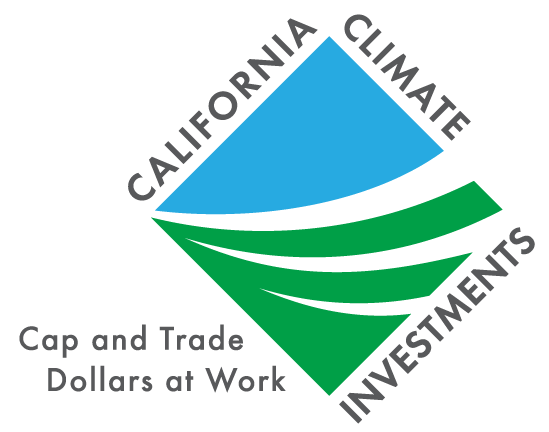The adjacent ports of Long Beach and Los Angeles combined are the largest fixed sources of air pollution in the South Coast Air Basin, one of the most polluted air basins in the United States, in large part because the trucks and equipment used at the ports burn diesel fuel. Recognizing this, the Sustainable Terminals Accelerating Regional Transformation demonstration project was awarded $50 million to replace trucks and equipment with zero‑emission technology. The funding, which comes from the Zero- and Near Zero-Emission Freight Facilities program, supports the deployment of 102 pieces of zero‑emission terminal equipment and trucks at seaports across California, including at the ports of Los Angeles and Long Beach. These funds are also supporting the development of new, cleaner tugboats; the deployment of two container vessels with cleaner‑burning engines; and advanced workforce development programs to support sustainable goods movement across California.
In Wilmington, a predominantly Latinx community adjacent to the Port of Los Angeles, 45‑year‑old Dulce Altamirano says she, her children, and her grandchildren suffer from headaches, rashes, nosebleeds, and respiratory problems caused by pollution: “The air quality is very bad. I personally have many problems with breathing and with my throat. There have been times when my husband wanted to call the paramedics.” Wilmington sits among numerous refineries, oil wells and storage facilities, shipping ports, and high‑traffic roads.
Fortunately, there is an interest in addressing this pollution: “The Board of Harbor Commissioners envision a zero‑emission future in Long Beach,” Board President Tracy Egoscue said in a statement. “[The Sustainable Terminals Accelerating Regional Transformation] project accelerates the commercialization for the technology we need to get there, incorporating seaports, terminal operators, equipment manufacturers, schools, and universities from all around the state.”
This project will set an example for the rest of the world to show that it is possible to promote economic growth while providing cleaner air to protect vulnerable communities.

